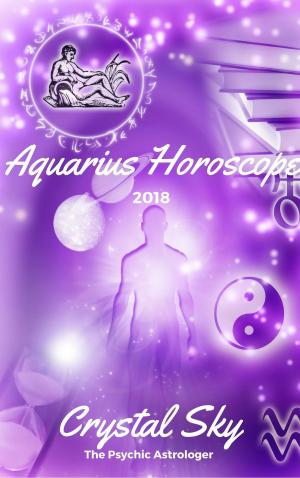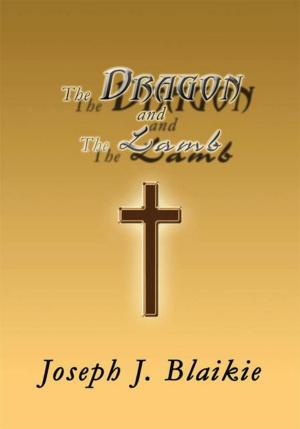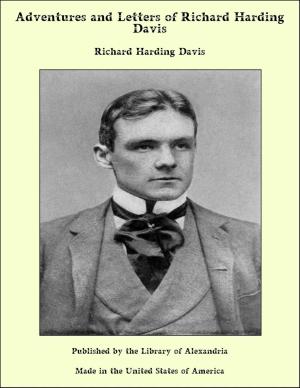The Mysterious Origins of Hybrid Man
Crossbreeding and the Unexpected Family Tree of Humanity
Nonfiction, Religion & Spirituality, Occult, UFOs & Unexplained Phenomena, Philosophy, Mind & Body, New Age| Author: | Susan B. Martinez, Ph.D. | ISBN: | 9781591437543 |
| Publisher: | Inner Traditions/Bear & Company | Publication: | November 2, 2013 |
| Imprint: | Bear & Company | Language: | English |
| Author: | Susan B. Martinez, Ph.D. |
| ISBN: | 9781591437543 |
| Publisher: | Inner Traditions/Bear & Company |
| Publication: | November 2, 2013 |
| Imprint: | Bear & Company |
| Language: | English |
A provocative challenge to Darwin’s theory of evolution
• Shows there is no missing link because the human race, since day one, is the result of outright interbreeding among highly diverse types
• Reveals multiple “Gardens of Eden” and how each continent has its own independent hominid lineages
• Explains Homo sapiens’ mental powers (the Great Leap Forward) and how we acquired the “blood of the gods,” which endowed us with a soul
Did we evolve from apes, or are we all descendants of Adam and Eve? Why is the “missing link” still missing? Is the dumb luck of natural selection valid?
Piecing together the protohistory of humanity through anthropology, genetics, paleolinguistics, and indigenous traditions, Susan B. Martinez offers an entirely original alternative to Darwin’s evolution: Modern humanity did not evolve but is a mosaic of mixed ancestry, the result of eons of cross-breeding and retro-breeding among different groups, including Cro-Magnon, Neanderthal, hobbits, giants, and Africa’s “Lucy” and “Zinj.” Martinez shows that there were multiple “Gardens of Eden” and how each continent had its own blend of races prior to the Great Flood, which caused the diaspora that brought a renaissance of culture to every division of the Earth.
Martinez explains Homo sapiens’ mental powers (the Great Leap Forward) in cosmological terms--how we are the product of both heaven and earth. She identifies the “Sons of Heaven” and the angel-engendered races, explaining how Homo sapiens acquired the “blood of the gods,” which endowed us with a soul. Providing the ultimate resolution to the Evolution versus Creationism debate, this landmark study of hybrid man justifies his unexpectedly sudden appearance in the fossil record, the curious parallels between oral histories of the world’s people, and why anatomically modern features are found in the earliest paleontological evidence.
A provocative challenge to Darwin’s theory of evolution
• Shows there is no missing link because the human race, since day one, is the result of outright interbreeding among highly diverse types
• Reveals multiple “Gardens of Eden” and how each continent has its own independent hominid lineages
• Explains Homo sapiens’ mental powers (the Great Leap Forward) and how we acquired the “blood of the gods,” which endowed us with a soul
Did we evolve from apes, or are we all descendants of Adam and Eve? Why is the “missing link” still missing? Is the dumb luck of natural selection valid?
Piecing together the protohistory of humanity through anthropology, genetics, paleolinguistics, and indigenous traditions, Susan B. Martinez offers an entirely original alternative to Darwin’s evolution: Modern humanity did not evolve but is a mosaic of mixed ancestry, the result of eons of cross-breeding and retro-breeding among different groups, including Cro-Magnon, Neanderthal, hobbits, giants, and Africa’s “Lucy” and “Zinj.” Martinez shows that there were multiple “Gardens of Eden” and how each continent had its own blend of races prior to the Great Flood, which caused the diaspora that brought a renaissance of culture to every division of the Earth.
Martinez explains Homo sapiens’ mental powers (the Great Leap Forward) in cosmological terms--how we are the product of both heaven and earth. She identifies the “Sons of Heaven” and the angel-engendered races, explaining how Homo sapiens acquired the “blood of the gods,” which endowed us with a soul. Providing the ultimate resolution to the Evolution versus Creationism debate, this landmark study of hybrid man justifies his unexpectedly sudden appearance in the fossil record, the curious parallels between oral histories of the world’s people, and why anatomically modern features are found in the earliest paleontological evidence.















